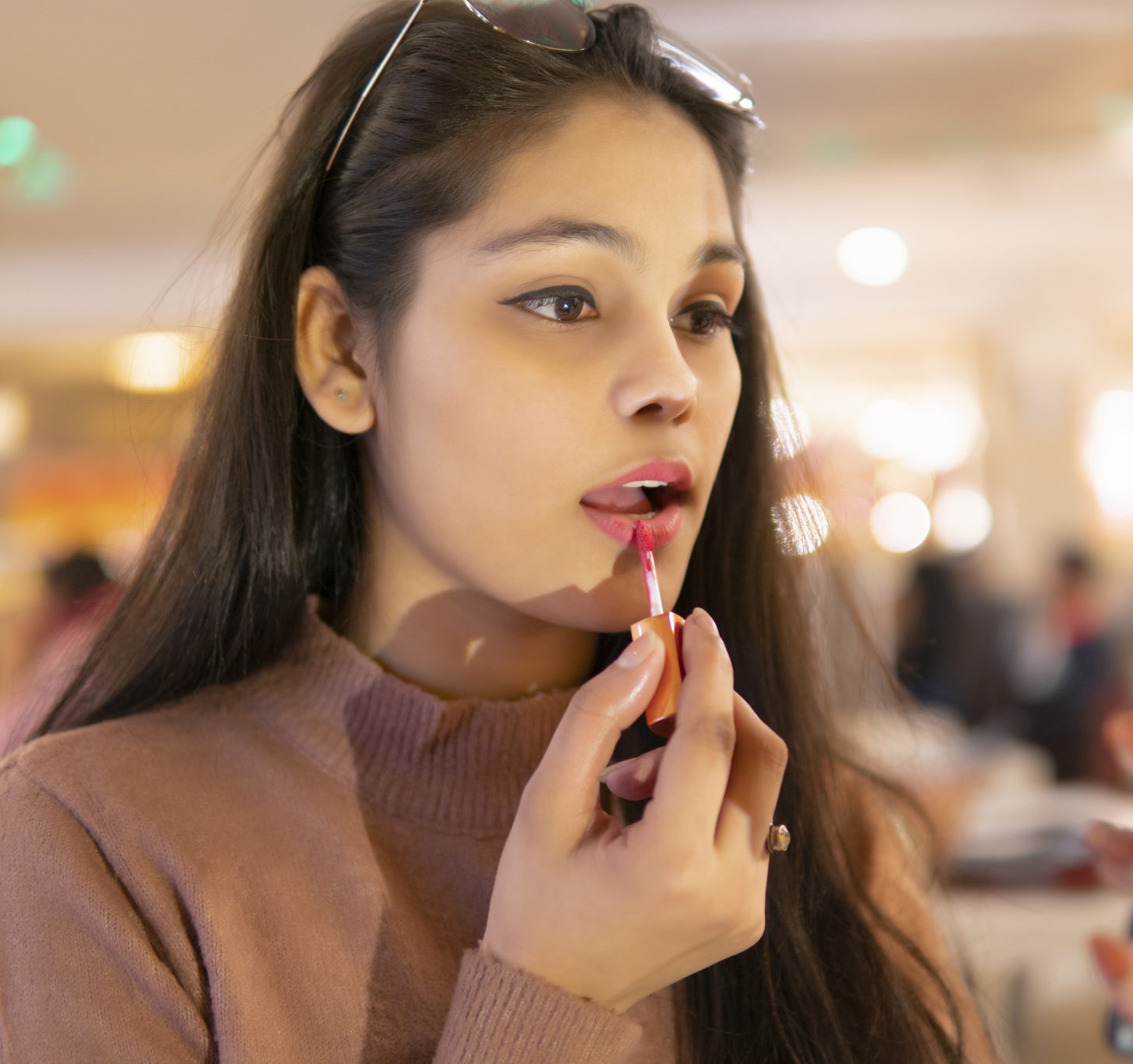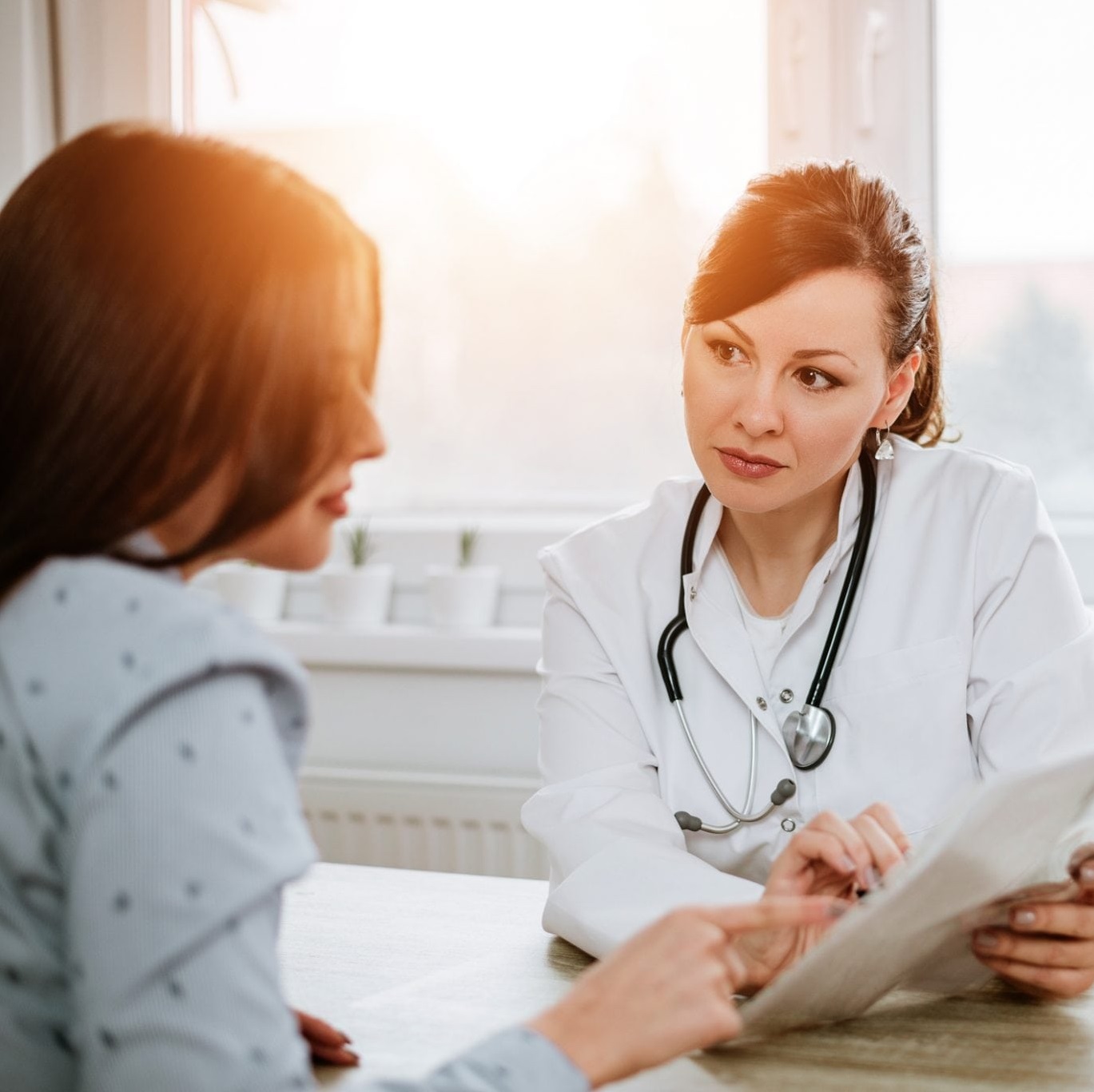Can Lipstick Cause Breast Cancer?

September 10, 2021
You’ve likely heard that what we put in our bodies—junk food, cigarette smoke and alcohol, for example—directly impacts our health. But what about what we put on our bodies?
“Lipstick, foundation and other beauty products can contain preservatives that have hormone-like properties and can act as hormone ‘disruptors,’ altering our hormonal environment,” says oncologist Deena Mary Atieh Graham, M.D. “Over time, these disruptors could potentially affect how estrogen and other hormones function in the body. In cases of large doses, these ingredients could theoretically promote tumors, including breast cancer.”
What Should You Do?
That doesn’t mean you have to throw out all of the contents of your makeup bag. While cosmetic products are made of a number of ingredients, a few chemicals are being studied for possible links to breast cancer:
- Parabens. Parabens are a type of preservative used to prolong the shelf life of lipstick and other makeup products. “Parabens can disrupt hormone function by mimicking estrogen,” says breast surgeon Renee Armour, M.D. “We know excess estrogen after menopause can promote the growth of tumors and breast cancer.”
- Phthalates. This hormone-disrupting ingredient is used to hold color in cosmetic products. While phthalates don’t mimic estrogen, they can change the balance of hormones that interact with estrogen.
“Some women choose to limit their exposure to these chemicals and look for products that are paraben- and phthalate-free, including mineral makeup,” says breast imaging specialist Harriet Borofsky, M.D.
Screening to Reduce Breast Cancer Risk
When it comes to breast cancer, screening is key to early detection. The American Cancer Society recommends women at average risk of breast cancer should start annual mammograms in their 40s:
- Women between 40 and 44 have the option to start screening with a mammogram every year.
- Women 45 to 54 should get mammograms every year.
- Women 55 and older can switch to a mammogram every other year or choose to continue annual mammograms.
For women with a family history of breast cancer or genetic tendency for breast cancer, earlier screening may be needed, including breast MRI. “Your doctor can talk to you about your individual risk of breast cancer and the best screening plan for you,” says Dr. Graham.
Next Steps & Resources
- Meet our sources: Deena Mary Atieh Graham, M.D., Harriet Borofsky, M.D. and Renee Armour, M.D.
- To make an appointment with a doctor near you, call 800-822-8905 or visit our website.
- Find a breast imaging location near you
The material provided through HealthU is intended to be used as general information only and should not replace the advice of your physician. Always consult your physician for individual care.
Find a doctor near me
Ultrasound Vs. Mammography

Your doctor may order a breast ultrasound instead of a mammography. What's the difference?
3 Myths About Breast Cancer, Debunked

Debunk breast cancer myths. Dr. Tammaro dispels common fears and offers advice for reducing risk. Learn more & schedule an appointment.
Find a doctor near me

Choosing to Keep Cancer a Secret
Facing a cancer diagnosis? Dr. Doumas offers support. Learn how sharing your diagnosis can ease stress and improve your well-being. Call 800-822-8905.

Surgery to Reduce Breast Cancer Risk
One in 8 American women will develop invasive breast cancer over the course of her lifetime. Certain factors can make someone at higher risk of developing breast cancer.

Who Should Get Screened for Breast Cancer?
Breast cancer screening: Learn when mammograms are recommended. Doctors Starr, Borofsky, and Gamss share crucial information. Schedule your appointment today.

When Should Someone Be Offered Palliative Care?
Improve your quality of life with palliative care. Learn when it's right for you from Dr. Desai. Get expert advice today.
